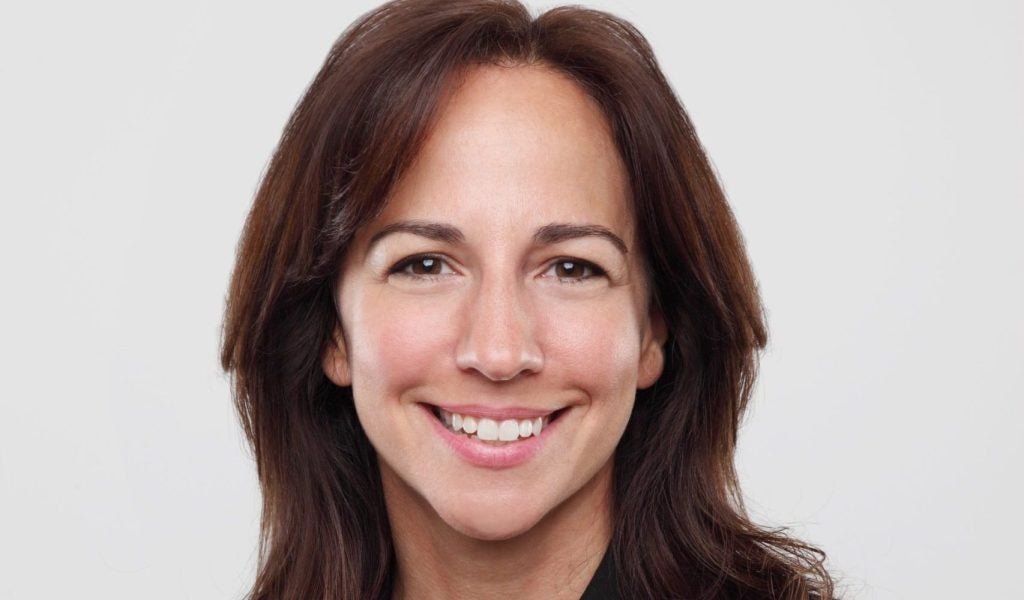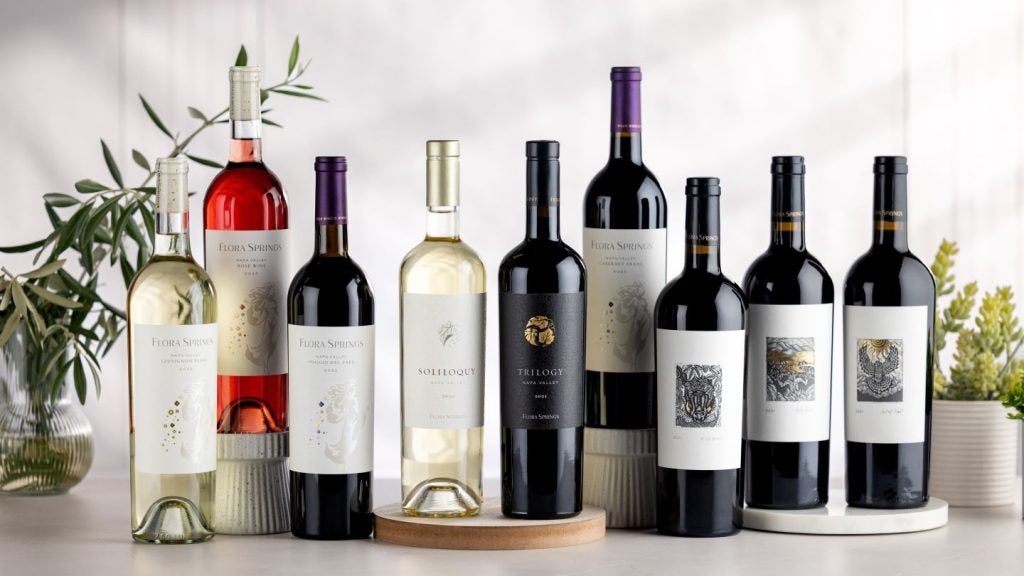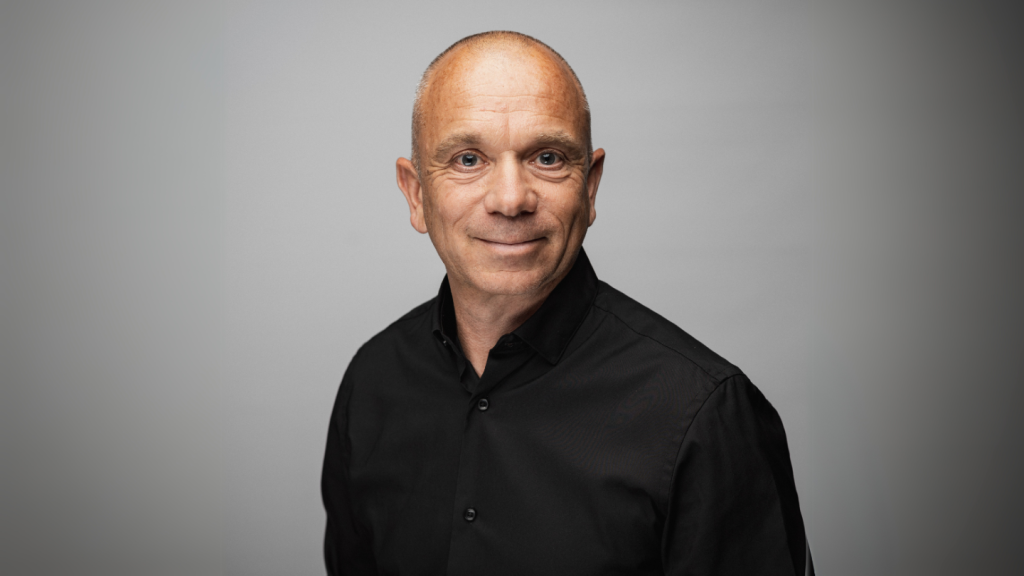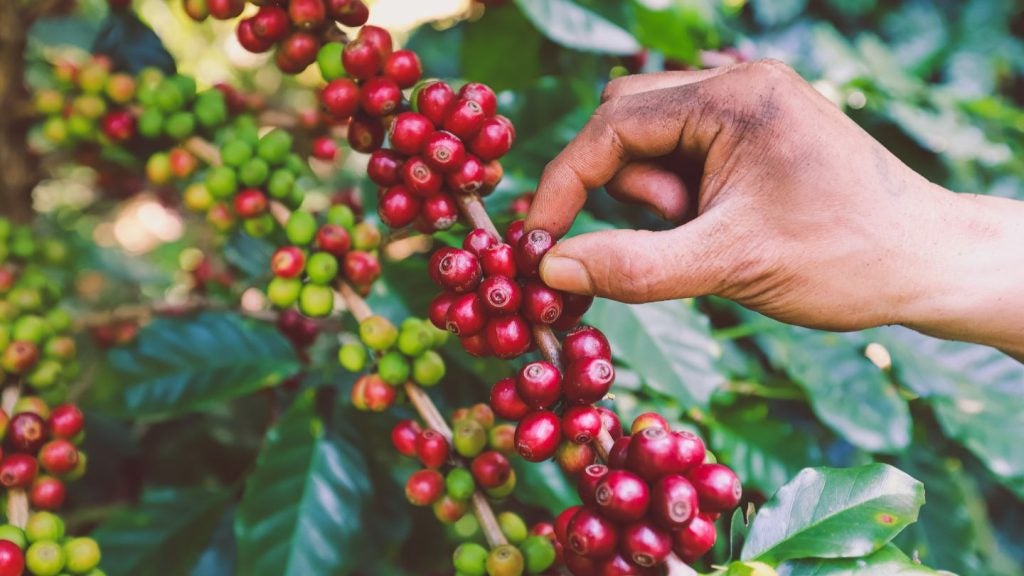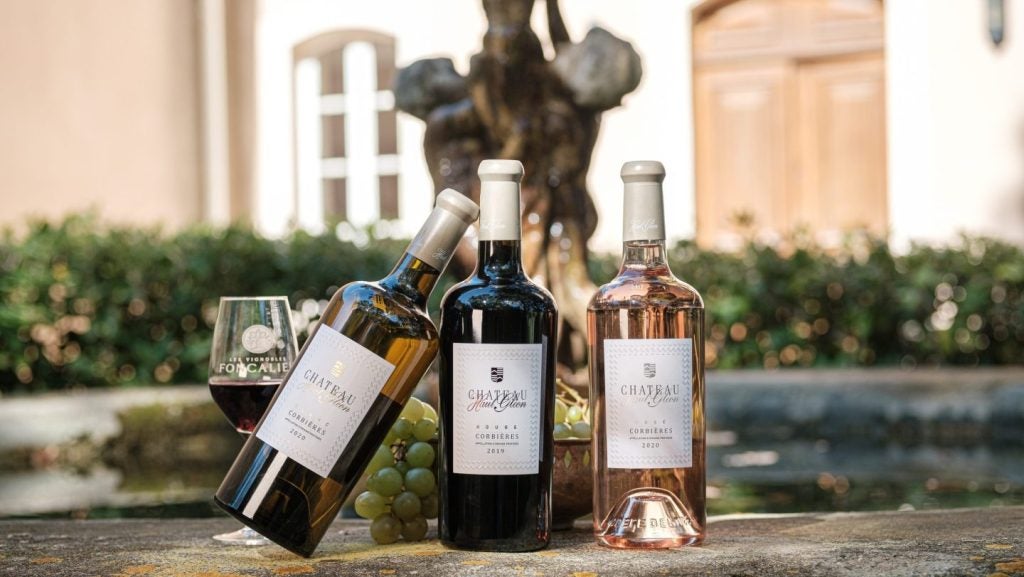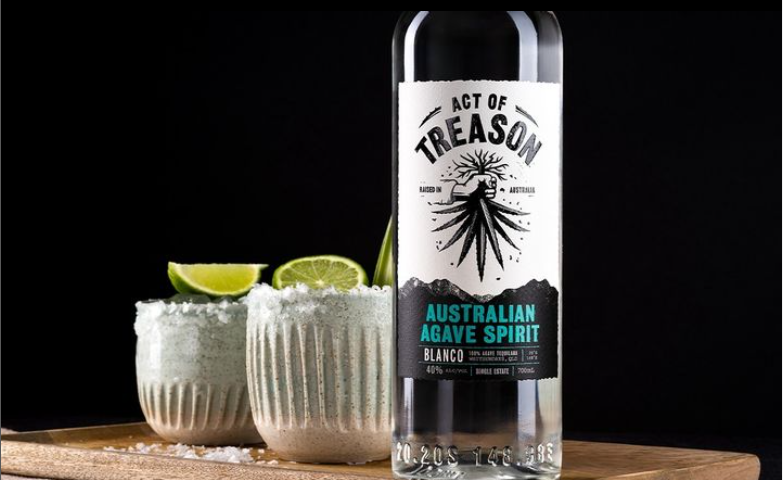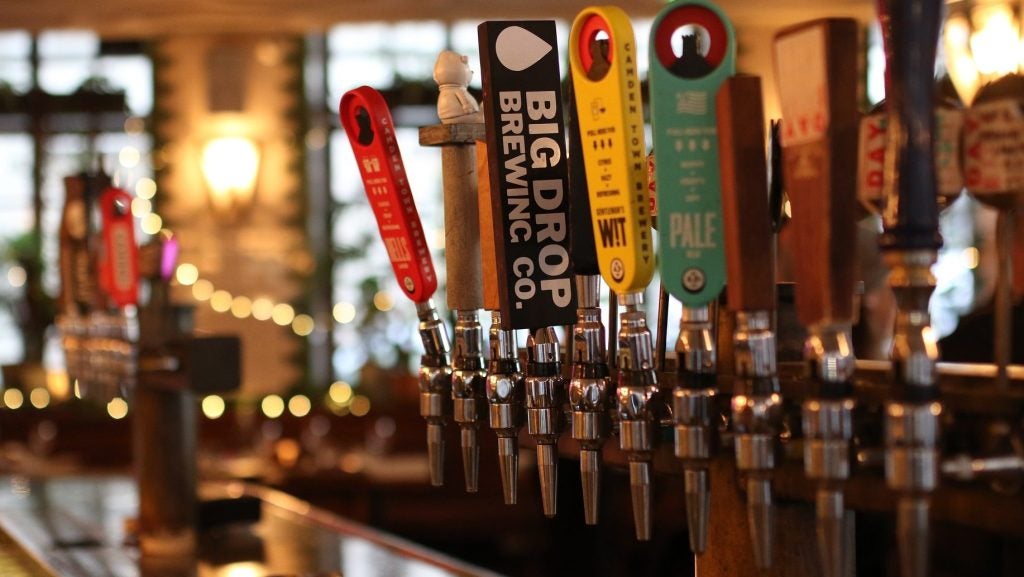More than three years on since an IPO, US zero-sugar soft drinks business Zevia is striving to attain profitability in 2026 under the guidance of CEO Amy Taylor.
A former Red Bull executive, Taylor was elevated to the hot seat two months before the summer 2021 listing on the New York Stock Exchange. The shares have rallied in recent weeks, wiping out what was a losing streak in 2024, on the back of expanded soda distribution into more than 4,000 Walmart stores.
Nevertheless, shares in the better-for-you, stevia-sweetened beverage maker have plummeted since the market debut as Zevia continues to be loss-making - $14.2m in the first nine months of 2024 based on sales of $115m.
Just Drinks’ Simon Harvey chats with Taylor on the outlook ahead.
Simon Harvey (SH): It seems to have been a challenging time?
Amy Taylor (AT): There were a number of foundational things we had to put in place, ranging from supply chain to an insights-based sales team, which is bearing fruit, and most importantly, rebranding and establishing our visual ID and voice as a brand, as a foundation upon which to ramp up marketing.
The good news is consumer demand continues to grow. We're operating with macro tailwinds and we've got a foundation now to start to drive toward profitable growth.
SH: What’s the transition history of the business?
AT: What's transpired in the last three or four years, in addition to massive tailwinds around sugar reduction and the preference for clean-label products, the beverage category has really changed, and specifically soda.
The notion of better-for-you soda is a very hot topic and we're in a competitive and exciting environment.
SH: Is it a hard category to penetrate and maintain a position?
AT: It is a hard category to penetrate. Looking at business performance, our velocity continues to grow and is accelerating. As we fix operational challenges, which are largely behind us, and as we start to step change distribution with examples like Walmart, those are good healthy indicators of the revenue path.
You'll start to see a parallel relationship between our revenue trajectory and our scan data, which shows healthy growth.
The carbonated soft drinks category had been declining but, after Covid, it started to grow again.
SH: Was that because everyone suddenly turned healthy?
AT: There's an intersection between the health piece and another dynamic that happened during Covid, which is people buying the brands they know. People who were drinking Zevia were doubling down on Zevia.
The highly informed younger consumer that's online and doing research, is looking for a clean-label product.
The driver was diet and zero sugar. The highly informed younger consumer that's online and doing research, is looking for a clean-label product. The emergence of the desire for a better-for-you soda started to show its face and we were the category pioneer. The solution we're bringing solves the category tension between health and taste.
The better-for-you segment is currently growing seven times the rate of diet soda. Over the next three years, Mintel expects carbonated soft drinks to grow about 27% and better-for-you 75%.
SH: How do you differentiate Zevia from your rivals in what seems to be a crowded category?
AT: We're the number one naturally sweetened soda in the US. We're also accessible and affordable. To taste good becomes a critical component of our offering.
SH: Has price been an issue to offset higher input costs as I see your volumes were down 12% in Q3? How do you go about rebuilding those?
AT: Generally speaking, non-alcoholic soda went too far in price. We are more affordable than 67% of non-alcoholic beverages on the market. We're just a couple of cents per ounce more than traditional soda.
We've taken price a few times over the last three years and our elasticity has continued to surprise us to the positive. We've outperformed our expectations. Price for us has not been an issue and, in recent scan data, we've returned to growth both in revenue and volumes.
From a retailer perspective, softness in our sales in recent months is a result of some lost distribution. As we rotate back, for example in the club channel, we expect that our revenue will follow our scan data results because we continue to grow in units and in dollars.
SH: What do you expect the added Walmart distribution to bring to the table in sales and profits?
AT: We're ten miles from every American household now with ten flavours plus a variety pack. It really is a step change on volume growth, in revenue growth and on the path to profitability.
We believe this Walmart distribution is an inflection point.
It's also starting to change our conversation with other retailers. We believe this Walmart distribution is an inflection point.
SH: Is it a real challenge to wean Americans onto zero-sugar drinks? For instance, I have always craved Coke but would steer away from low- or zero- sugar drinks just because I like Coke.
AT: You basically just described the entire legacy challenge of the category. As a reflection of, let's call it Boomer and Gen X, that is exactly how folks thought. When we used to study in my old job the dynamics of Coca-Cola, the joke was always, ‘I'm going to peel a person's cold, dead hands off of their Coke or Pepsi’, depending on their loyalty.
It has changed. In some cases, those that have sworn off soda because it's bad for me, those folks are coming back into the category through Zevia. They're discovering Zevia as something that tastes great and critically, is indulgent. We have creamy root beer, vanilla cola, and our recent exclusive salted caramel.
SH: Is it too soon to be talking about markets outside the US and Canada given the challenges on your financials?
AT: There are countries that are much further along than the US in their evolution of providing broad solutions to sugar consumption. There are several markets where we do have a sense of urgency to be there to provide that solution.
We do have plans for international expansion [but] it's really critical that we get a baseline on some of the fundamentals in the US first such as distribution expansion from a route-to-market perspective, single-serve availability, and the marketing to support it.

Most of our competitors are somewhere in the 80-10% or 90-20% mix between singles and multi-packs. We are the other way round, 85-15%.
Our opportunity is to crack that open. As we start that virtuous circle, and as we get to profitability, being profitable by 2026, we can more quickly expand to the countries that we have our aims on.
We've recently executed a productivity initiative that, on an annual run-rate basis, has over-delivered. We planned initially to take $10m in costs out of the business. It's now $12m and that has become critical to be able to self-fund reinvestment into marketing.
SH: How do you expect the profit progression to pan out through 2026?
AT: On a quarter-to-quarter basis, I would say it's non-linear because we have some fits and starts, for example, a conversion to direct-store-delivery distribution. We have a regional approach right now to converting our route to market that enables better service levels and channel expansion.
We're in and around break even, it's just the strength of the P&L allows us to invest as we choose. We could be profitable sooner, is the inference, but we choose to invest at this critical time when consumers are moving away from sugar in droves.
SH: Have you set any longer-term ambitions for sales targets?
AT: We haven't spoken to that publicly. The step change for us is we need Zevia to be a household name and we need to have a strong single-soda-can sales business to drive household penetration. The focus is expanding the base. It's that flywheel that we expect in the next couple of years.
SH: Have you had any takeover interest?
AT: There's always conversations but, for us, the priority is distribution and our route-to-market evolution. That opens some interesting conversations for strategic partnerships.
Right now, we have some regional relationships with strong regional distributors. But in time, we'll continue the conversation to consider whether that could be scaled with a potential partner.
SH: What are the main factors weighing on profitability with gross margin of circa 40%?
AT: We've been delivering gross margins in the high 40s and we'll continue to do so. And there's upside from that.
Beyond that, our cost. We have some opportunity to become more efficient as an organisation, as we professionalise it, a young organisation that is still a somewhat new public company.
Then it’s just scale. We're starting to maximise profitability on a customer-by- customer basis without sacrificing unit growth.


